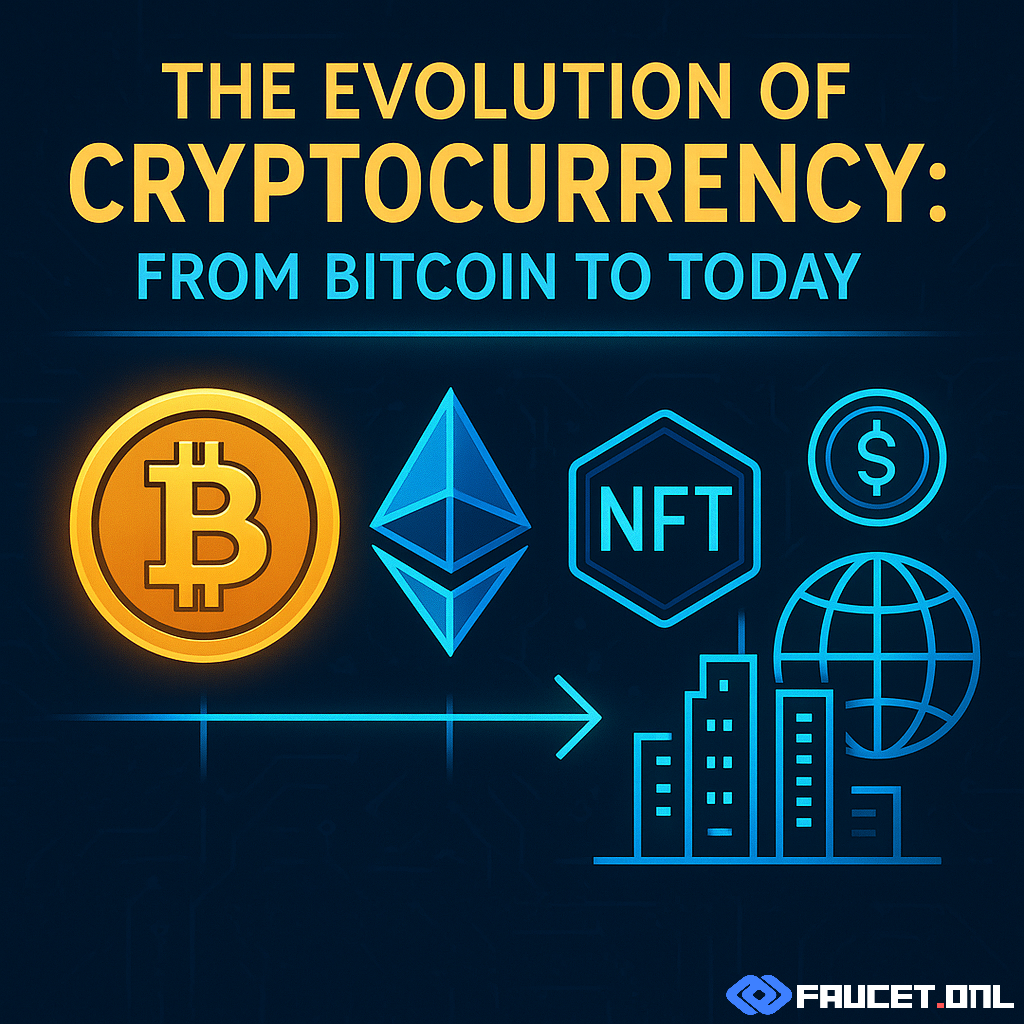Crypto’s Start: Satoshi, Bitcoin, and the Birth of Digital Gold
It all began in 2008, during the chaos of a global financial crisis. An anonymous figure—or perhaps a group—named Satoshi Nakamoto published a whitepaper titled “Bitcoin: A Peer-to-Peer Electronic Cash System.” The idea? Digital money that could move without banks or governments, powered by a blockchain—an unchangeable ledger, open to all.
January 3, 2009, marked the moment Satoshi mined the first block—the “genesis block”—of Bitcoin. Its reward: 50 BTC. At first, only a handful of curious coders and cryptographers cared. There was no market, no exchanges, no value… until someone, on May 22, 2010, bought two pizzas for 10,000 BTC. The Bitcoin Pizza became legendary—a symbol of crypto’s humble beginnings.
Key Milestones: From Pizza to Smart Contracts
Crypto’s journey from niche curiosity to global phenomenon is dotted with unforgettable moments. In 2011, alternative coins (“altcoins”) like Litecoin and Namecoin appeared, testing new ideas. 2012 saw Bitcoin’s first “halving,” slashing rewards to 25 BTC and sparking a new kind of digital scarcity.
2013 brought public awareness and drama: Bitcoin hit $1,000, then Mt. Gox—the world’s biggest exchange—collapsed in scandal, highlighting the risks of early crypto. But the biggest breakthrough arrived in 2015: Ethereum. Vitalik Buterin’s vision introduced smart contracts—programs that run on the blockchain. Ethereum enabled new forms of decentralized apps (dApps), DAOs, and eventually NFTs.
2017’s “ICO boom” was next. Startups raised billions in token sales—many failed, some thrived. The price of Bitcoin soared to $20,000, and “crypto” entered mainstream headlines. 2018 saw the crash (“Crypto Winter”), teaching harsh lessons about hype and speculation.
Today’s Landscape: Beyond Bitcoin
As of 2025, the crypto world is a vibrant, complex ecosystem. Bitcoin remains “digital gold”—a store of value. Ethereum leads the way for decentralized finance (DeFi), NFTs, and Web3 innovations. There are now thousands of blockchains and tokens: Solana, Avalanche, Binance Smart Chain, and more, each offering unique features.
Stablecoins like USDT and USDC make crypto useful for payments and remittances. Institutional adoption—banks, hedge funds, even governments—has gone from joke to reality. NFTs have brought digital ownership to art, gaming, and music. Crypto is regulated in some places, banned in others, but it’s not ignored anywhere.
Yet, with growth come challenges: hacks, scams, and market volatility remain. Security and education have become top priorities. Governments wrestle with regulation and taxation, while innovation continues at breakneck speed.
Lessons Learned: What History Teaches Us
The crypto story is filled with triumphs and hard lessons. Early wild-west days taught the community about the dangers of trusting centralized exchanges. The rise and fall of projects highlight the importance of due diligence and skepticism. Open-source code, transparency, and community governance have become guiding principles.
Crypto proved that money can exist outside banks, but also that trust and security are earned—not automatic. The rollercoaster of hype and crashes fostered a more mature, resilient ecosystem. It’s a space that rewards innovation, punishes greed, and never stops evolving.
Future Glimpse: What’s Next for Crypto?
Looking forward, crypto’s trajectory is as unpredictable as ever. Central bank digital currencies (CBDCs) are on the rise. Layer-2 solutions and cross-chain bridges promise faster, cheaper transactions. New privacy protocols and zero-knowledge proofs offer hope for anonymous, secure payments.
Web3 aims to decentralize not just money, but the entire internet—from social media to data storage. The line between “crypto” and “mainstream finance” is blurring. Meanwhile, new waves of adoption (AI, gaming, real-world assets) are just beginning.
One thing is clear: Crypto is no longer a niche experiment. It’s a living, breathing force shaping the future of finance, technology, and even culture. For history buffs, it’s a story still being written—with every block mined, every new project launched, and every lesson learned along the way.



